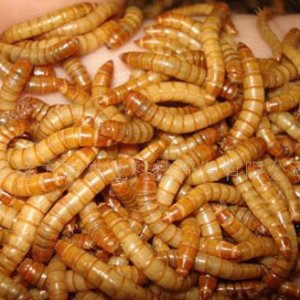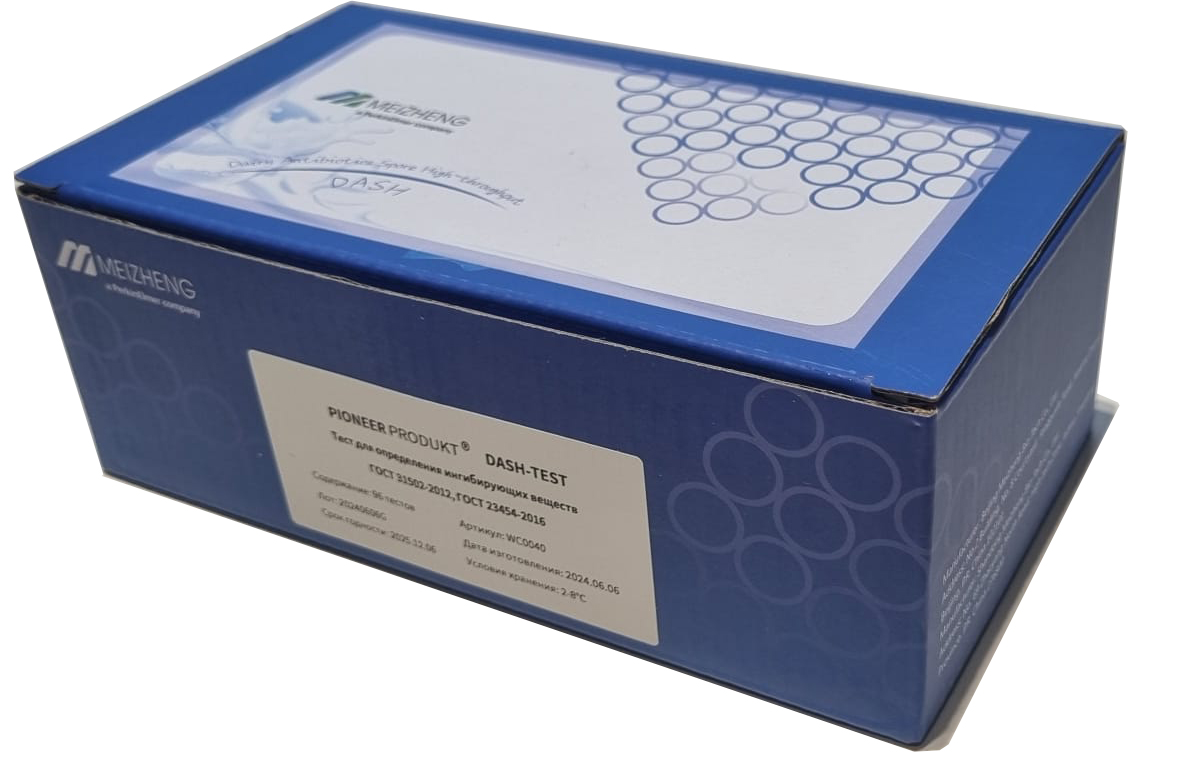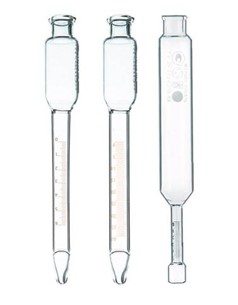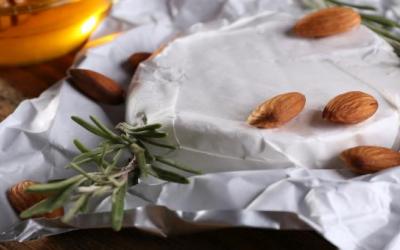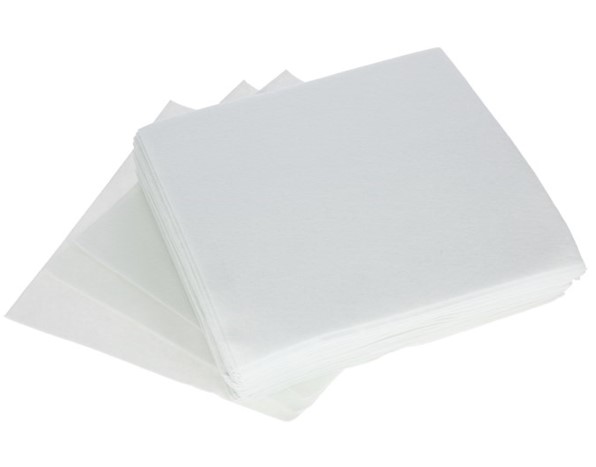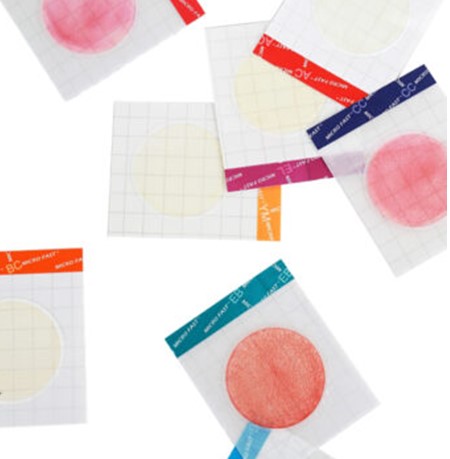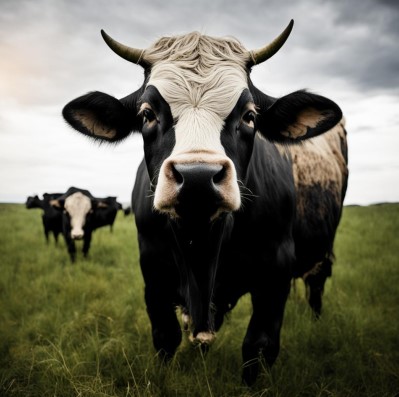poultry farming
Poultry farming, when organized correctly, becomes a source of MEAT, eggs, feathers, fluff and bird droppings - an important organic fertilizer that can be used in your home garden or sold. However, before you start breeding chickens, ducks, turkeys or quails, calculate the necessary investments on the calculator. There are things you can't do without.
bird house
Since grazing poultry is unlikely for a regular site owner, one should invest in a bird house, whether it be a DIY or a pre-made one. All poultry needs protection from predators and bad weather. A convenient type of shelter should be provided with access to the street for the movement of birds.
chicken coop
There are many designs of chicken coops on the Internet for every taste - from economy class to real chicken castles. It is not always necessary to focus on external attractiveness. Even the simplest but well-designed chicken coop will provide your birds with a comfortable and safe home, protect their predators, and create a favorable egg-laying environment.
First of all, make sure the coop is large enough so that the chickens don't suffer from crowding. Usually 1.2 square meters per hen indoors and about 3 square meters outdoors in a paddock is sufficient.
Set up your chicken coop in a location that is sheltered from the wind, and ideally in the shade during hot weather. The place must be level to prevent flooding, and be in the zone of the owner's sight and hearing. If the chickens are disturbed by foxes, birds of prey or stray cats and dogs, the owner may have time to come to the rescue.
Wood is a popular choice for building chicken coops because it is relatively easy to work with and provides good insulation, but plastic construction is also a good choice if it is well ventilated and provides adequate weather protection.
When choosing a chicken coop, look for features such as multi-entry doors for easy cleaning, egg-laying boxes, and perches for your birds to sleep. It is very important to have proper ventilation for fresh air, but without drafts.
duckling
In terms of size and the aforementioned requirements, a duck coop is fundamentally not much different from a chicken coop, except that ducks live in a shed with great pleasure, from which there is access to a lawn with bathtubs for bathing.
From the point of view of the convenience of the owner, the duck barn is also preferable, since ducks are sloppier than chickens, because of their love of bathing - in a zinc basin of water or simply in a layer of fresh straw or wood shavings. Ducks are easier to clean up in a barn than in a cramped chicken coop.
turkey house
Turkeys are larger birds compared to chickens and ducks and will need a lot of space to live and move around, most likely even two residence points for a juvenile and an adult bird. The amount of space turkeys need depends largely on their age, size, and purpose for which they are raised.
For example, if you are raising turkeys for meat, you will need to create a space of 12 to 15 square meters per adult turkey. Therefore, young turkeys are first kept and raised in a small room, and then transferred to a spacious turkey house.
Open space is important for the HEALTH of turkeys as they need access to sunlight and fresh air. Therefore, when creating a turkey house or pen, it is important to provide an outdoor enclosure where they can roam, take a dusty bath and bask in the sun.
The flooring used in the turkey pen also plays a critical role in their hygiene and overall health. Most turkey farmers prefer a combination of wood shavings and straw to soften the turkey legs and prevent foot injury and disease.
Of course, the pen and houses should be cleaned of faeces regularly to prevent outbreaks of diseases and parasites.
home sparrowhawk
For those who don't want to design chicken coops, rebuild duck barns, or build turkey housing complexes, you can always get quails.
Quails are small birds that will suffice with an ordinary dog cage or a small structure with a wooden frame covered with wire mesh. It is useful to cover the top of the cage with a cloth to prevent the quail from breaking its HEAD during vertical take-off, and also to make several levels of perches, which will provide your birds with extra space to sit or move around.
Poultry feed
Different types of poultry require different diets, and you should be aware of this, supplying your pets with the correct type and amount of feed for their species and age.
Chicken feed
A well-balanced chicken diet includes a variety of proteins, carbohydrates, vitamins, and minerals. Commercial feed for chickens raised for meat is different for laying hens. Always check with the seller if you are purchasing the correct product.
Chickens need protein for growth, tissue repair and maintenance of feathers. The most common protein in poultry feed is soybean meal, but insects such as grubs and mealworms are also good. You can supplement your bird's diet with kitchen scraps or garden plants if they are safe and non-toxic to these animals.
Provide free-choice calcium supply. Calcium is essential for the production of eggs and the development of strong bones. The use of crushed oyster or egg shells is standard practice in the poultry industry.
Duck food
You should feed ducks the right food, as not all food is suitable for them.
First, it's important to understand that duck feeding is not a substitute for their natural food sources. Ducks are omnivorous and love insects, worms, snails, seeds, fruits, and aquatic vegetation such as duckweed. They have a special diet that has evolved to survive in the wild, and the wrong diet can do them more harm than good.
Bread, chips, crackers, donuts, cereals, popcorn and similar baked goods or junk food leftovers are bad for ducks as they are low in nutrients and high in calories, leading to obesity and a host of health problems. In addition, bread can cause a blockage or fermentation in the digestive system of ducks, leading to illness or even death.
So, what kind of food do ducks need? Ducks need a diet high in protein and carbohydrates, vitamins and minerals. A balanced, nutritious diet for ducks can consist of a variety of foods, such as:
fresh vegetables: chopped lettuce, cabbage, spinach, cucumber and green peas; fruits: sliced apples, berries and bananas; grains: ground corn, wheat, oats and barley. insects: mealworms and earthworms (vermicomposting often makes life easier for duck breeders).Commercial duck food pellets are made with the nutritional needs of ducks in mind, they usually love them. But it is worth noting: feeding ducks requires moderation. Do not feed commercial feed more than recommended. By offering food in small quantities, such as throwing a handful into the water, the ducks will be able to forage for the remaining food in their natural habitat, and you will enjoy watching the funny behavior of the birds.
Turkey feed
Turkeys are omnivores and feed on a wide variety of foods, including grains, fruits, vegetables, insects, and even small mammals. In the wild, they roam for food all day and can cover a large area.
In captivity, one of the main components of a turkey's diet is protein from high quality sources such as soybean meal, fishmeal, and animal by-products. In addition to protein, turkeys also need carbohydrates, fats, vitamins and minerals. Carbohydrates provide energy and can come from grains such as corn and wheat, while fats provide concentrated energy and aid in vitamin absorption.
Turkeys need vitamins A for good vision, vitamin D for strong bones, and vitamin E for a healthy immune system. In addition, they need minerals such as calcium, phosphorus, and potassium for bone development and overall health.
Quail food
Commercially prepared quail food is readily available and contains all the necessary nutrients. This food is specially formulated to meet the dietary needs of quails, providing the right balance of vitamins and minerals.
It typically contains various grains such as wheat, corn and oats, as well as a mixture of soybean meal, fishmeal and other protein sources.
If quail food is not available, songbird food can be used to feed quails, but it may not have the right ratio of nutrients for young quails, so be sure to add additional protein sources such as mealworms.
Crushed oyster shells, dried and finely ground eggshells, or crushed limestone are all good options for adding calcium to a quail's diet.
Water additives for poultry
All living things need clean and fresh water by default, and poultry is no exception.
Drinkers should be cleaned and refilled regularly. Sufficient water is necessary for good egg production, otherwise egg production drops.
However, sometimes simply providing clean water is not enough to provide optimal health benefits. Adding nutrients to the water can promote healthy growth and reduce the risk of infections and diseases that can affect poultry growth and performance.
Probiotics are one of the healthiest ingredients to add to poultry water. Probiotics are live microorganisms that stimulate the growth of beneficial bacteria in the gut of poultry. It helps improve digestion, boost immunity, and reduce the chance of developing infections.
Another useful addition to water is electrolytes, minerals that help regulate nerve and muscle function, as well as balance the pH levels in the body. In addition, electrolytes help reduce the risk of dehydration in poultry during illness or heat.
Vitamins can also be added to water.
Vitamin C, for example, reduces stress levels and improves the overall health of poultry.
Vitamin D helps the poultry body absorb the calcium needed for bone development.
Vitamin E has antioxidant properties to reduce oxidative stress.
Finally, to improve the quality of eggs and increase the muscle mass of the bird, minerals are mixed into the water: calcium, phosphorus and zinc.

